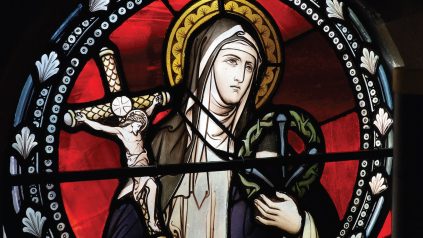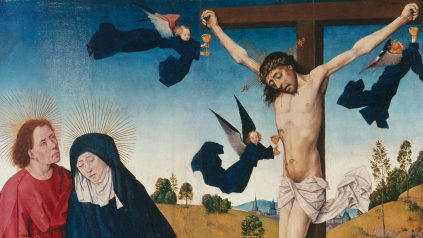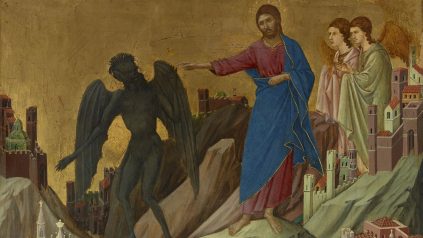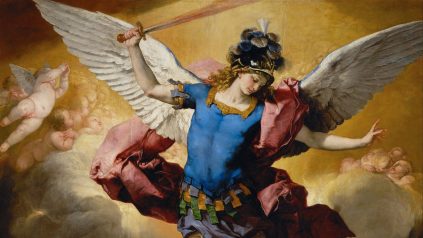Examination of Conscience for Young Catholics
Reflecting on an Examination of Conscience helps us to be honest with ourselves and honest with God. It is not meant to be a burden. It helps us to examine our lives. If something touches our conscience, we can bring that to Confession, so that we can be at peace with Christ and with one another.





